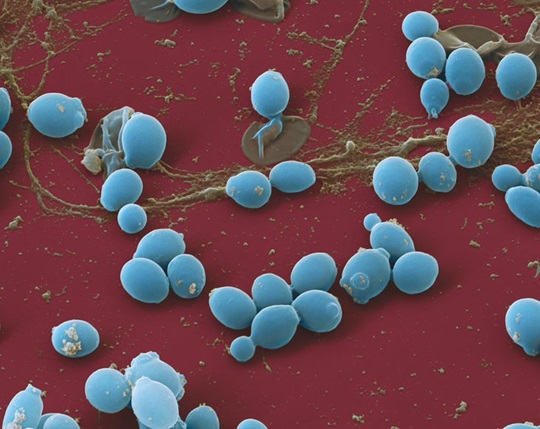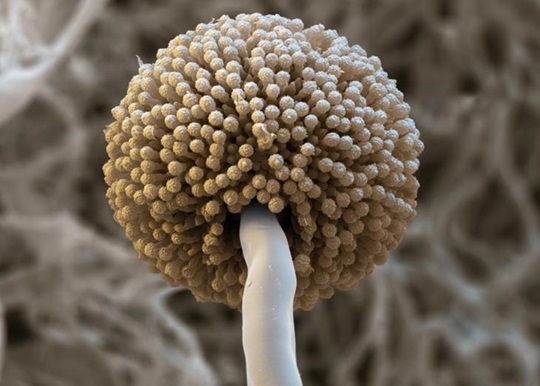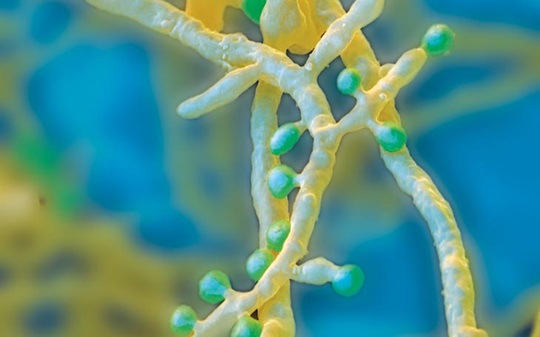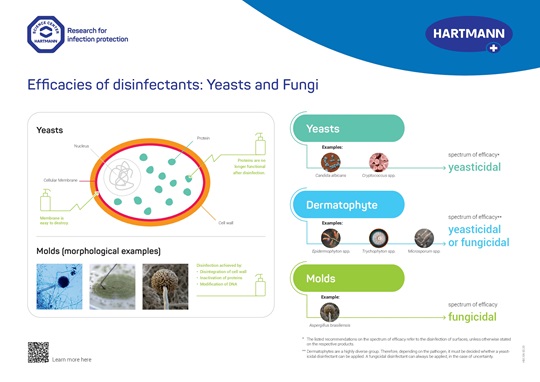Influenza
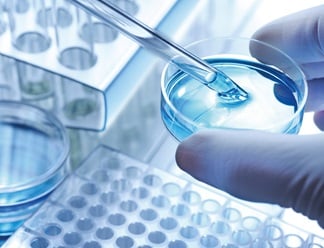
Learn about the symptoms, transmission, and prevention of the real flu, a highly infectious disease caused by influenza viruses. Find out how to protect yourself and others from this seasonal infection.
Learn more
Microorganisms that gain the energy necessary for metabolism from the degradation and modification of organic compounds. Fungi reproduce sexually and asexually through spores or by vegetative growth.
In humans, there are mainly three groups that may cause diseases particularly affecting the skin, nails, mucous membranes and hair:
